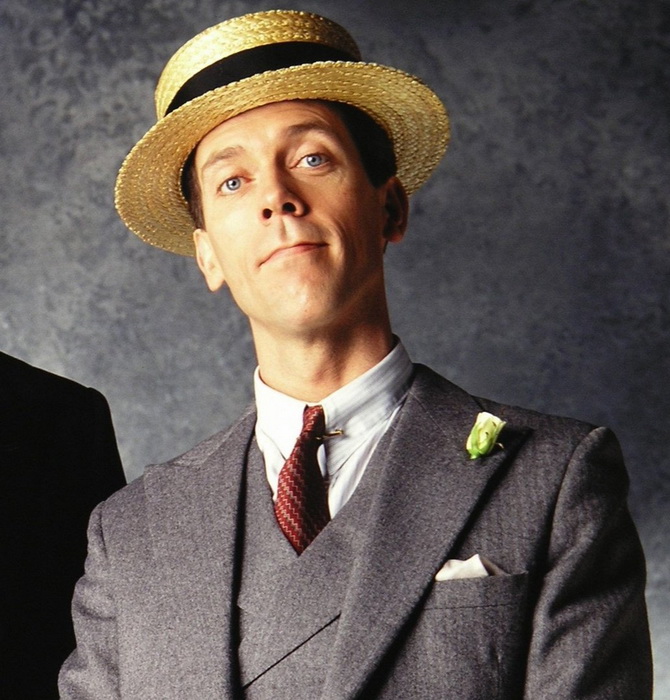What do you associate the phrase “gentlemen’s club” with? Surely, most people have before their eyes a picture of men in formal suits, with perfect manners and unhurried speech, who calmly discuss politics over a cup of tea.
But what if we draw you another picture, very different from this one, that was in the order of things in England of the 18th century? It’s hard to believe, but the gentlemen’s clubs of that era were more like a hotbed of debauchery and a gathering of troublemakers.
In the Victorian era, when Victoria, of course, was the Queen, who ruled for 64 years, when there were almost no wars, industry flourished, railways began to be built, the moral foundations of the then subjects of Her Majesty were at a high moral height .. There was a kind of code (gentleman’s code ), which consolidated the position of a wealthy person in society, his conservative views and class difference from others.
It was then, in England, that this male image was formed, which initially implied a man of aristocratic origin (the next in origin was Esquire), with an ancient family, a castle, a coat of arms and other attributes.
But times changed, and a gentleman began to be considered an educated, well-mannered, strictly observing the rules of etiquette and honor, a respectable and balanced man.
The idea of creating gentlemen’s clubs was disfigured

Initially, they were created for leisure activities in a circle of men equal to their position. They were supposed to discuss political issues, argue about science and culture. But something went wrong. The gentlemen’s clubs included people from high society. There was no place for mere plebeians.
It was believed that only those who had a noble name, a lot of money and a position in society could succumb to debauchery and revelry. Although logically it should be the opposite – educated citizens should have understood the consequences of such behavior. Gatherings of gentlemen turned into drunken orgies.
Getting drunk to the point of complete insanity was in the order of things among gentlemen. In this state, they did various deeds condemned by public opinion, and the next day they could not even go to work.
In addition to alcohol, there were women. They spent time in the company not of their legal wives, but of courtesans with whom they spent nights, and then returned home as exemplary family men and role models for the younger generation. However, in some clubs, the wives of these notorious revelers also took part in orgies. Only they put on masks so that their husbands would not recognize them.
In the Middle Ages, an untitled nobleman (knights and descendants of the younger sons of feudal lords) was called a gentleman.
The French, British and Italians are still fighting for the right to be the first to come up with this word.
In the 19th century, gentlemen are usually non-working people living on the income from their property or inheritance, those who could not boast of a noble birth or even position themselves as an Esquire.
Then, the word “gentleman” turned into a polite address for any man. Nevertheless, the old Victorian era concepts of what a gentleman was remained.
After the introduction of universal equal suffrage and the emergence of the so-called middle class, this concept survived the nihilistic era of its existence.

Today it is a fairly common word. In English, this is a person who has at his disposal enough funds to be interested in something without having professional knowledge in this area and not making a living from it.
What do dress codes really mean?
To be honest, even the best of us have failed to dress code at events. At the opening of the exhibition of a French House, the invitation to which clearly indicated the Black Tie dress code, the public came in all sorts of things – in micro-dresses studded with sequins, in boring office blouses and skirts, and even in jeans.
In the name Creative Cocktail, the guests of one reception hosted by a large pharmaceutical company in Paris took only the first word and dressed in the most creative way – up to hats-ships and light green lurex palazzo trousers.
And one august lady from the British Spencer family once appeared at a charity auction in a bright fuchsia dress studded with fist-sized stones – and the dress code was announced by British Picnic, quite casual. Such ridiculous situations happen all the time, but we hope that our review of the types of dress code will help to avoid them in the future.
